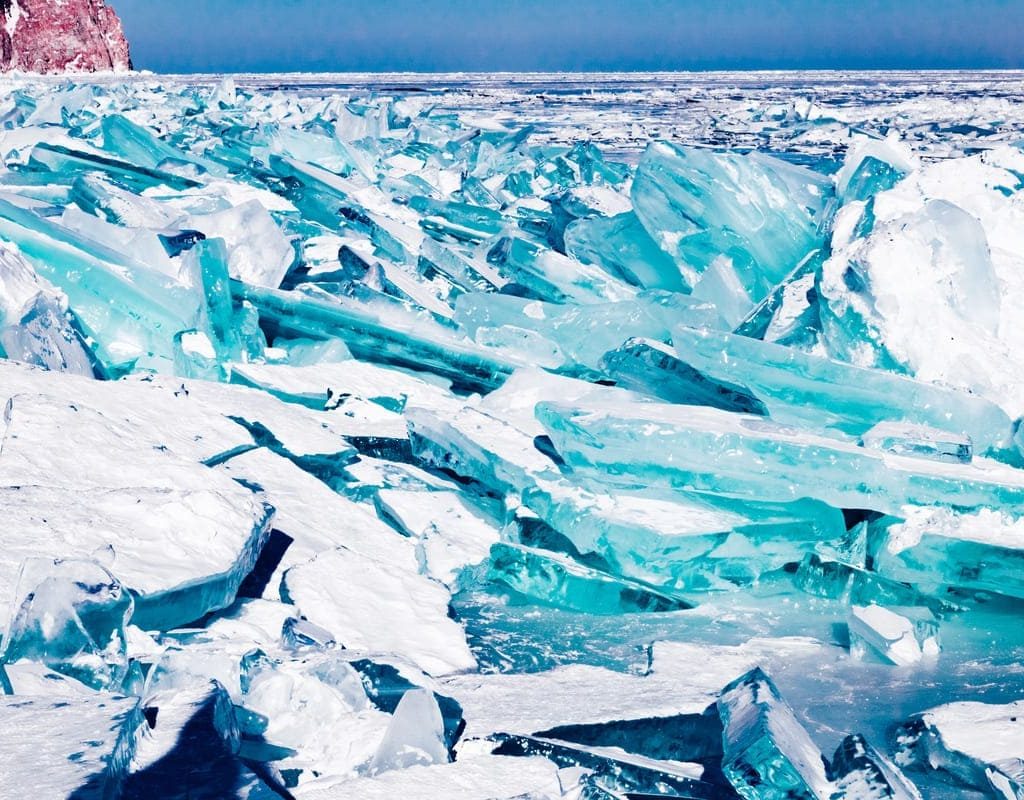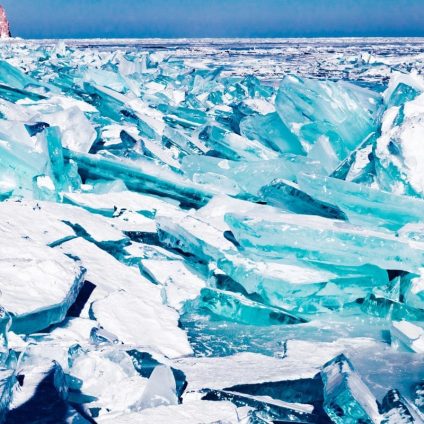The latest report from the IPCC estimates that by 2300, global sea levels could rise between 0.5 and 1 meter. But a new climate model, which includes a long-overlooked dynamic—glacial sliding due to subglacial meltwater—paints a much more alarming picture. In a high-emissions scenario, sea level rise could reach 2.2 meters. Even worse, several climate tipping points might be triggered by 2050

Beneath the vast Antarctic ice sheet lies a sprawling system of lakes and rivers. These are not formed by surface melting, but by ice melting from below. This subglacial water acts as a lubricant, making it easier for ice to slide into the ocean. Until now, most climate models have not adequately accounted for this process. As a result, scientists may have severely underestimated future sea level rise.
Sea level rise: an additional 2 meters expected by 2300
A new study led by the University of Tasmania has used advanced simulations to analyze how subglacial water affects ice flow. By incorporating this factor into predictive models, researchers found that high-emissions scenarios could result in a tripling of the ice volume reaching the ocean by 2300. In practical terms, that means sea levels could rise by more than 2.2 meters—more than double the previous projections.
Researchers tested multiple models: traditional ones that ignore subglacial water, simplified models with fixed assumptions, and a new model featuring a dynamic hydrological system. The latter revealed a much stronger Antarctic response to warming. In some regions, ice flow to the ocean could quadruple by the end of this century.
In the most extreme case, Antarctica’s contribution to global sea level rise could reach 2.2 meters by 2300—well above earlier estimates.
Climate tipping points may come sooner than expected
Beyond the numbers, the study highlights a potentially more serious outcome. Some climate tipping points could be reached much earlier than previously thought. Critical zones like the Pine Island and Thwaites glacier basins in West Antarctica may pass a point of no return as early as 2050. Once that threshold is crossed, ice loss could accelerate rapidly and become irreversible.
The global consequences would be catastrophic: a 2-meter sea level rise would put dozens of major coastal cities underwater, damage critical infrastructure, and displace millions of people. The economic fallout could run into the trillions of dollars.













